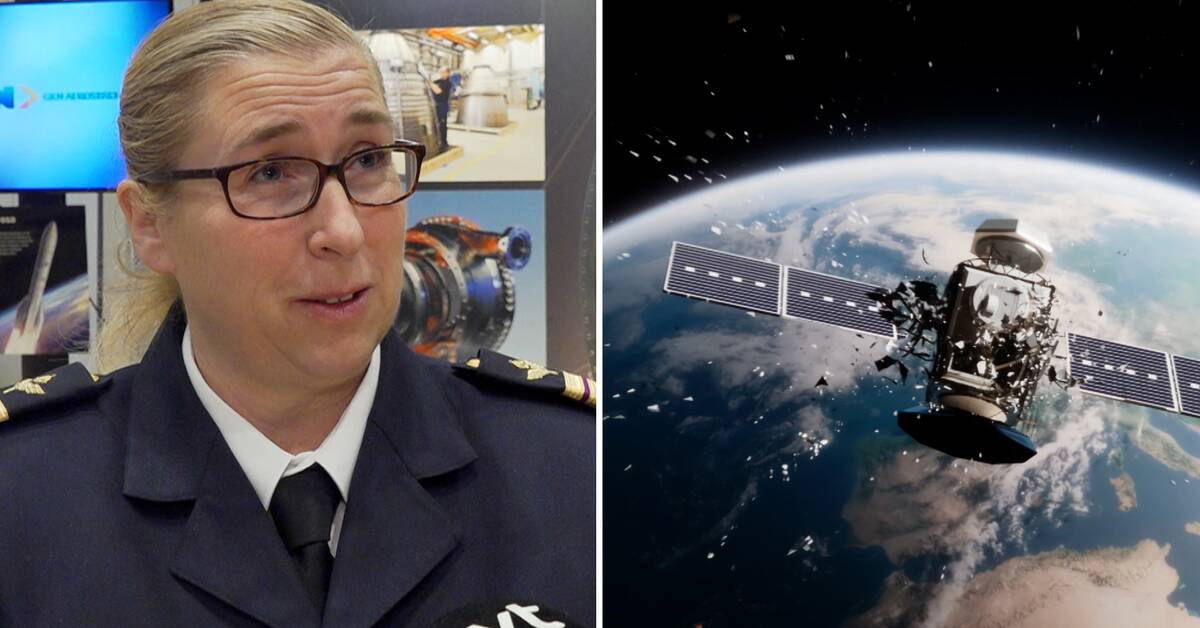Shooting down satellites with so-called anti-satellite weapons from the ground has been practiced by the major powers. Most recently, in November 2021, Russia shot down its own old satellite. But satellites can also be jammed out in various ways.
"We have seen nations send up satellites from which smaller satellites come out that then start to approach other satellites. They can lay very close. We don't know what they want, but they may want to interfere, put themselves in front of sensors or spray sensors to destroy the target," says Ella Carlsson, Space Manager at the Air Staff.
"Strategic resource"
To find out, for example, what is going on in such a situation, Sweden may need to send its own satellite. Then a Swedish space base is needed, and Esrange outside Kiruna is the designated location.
"We believe that Esrange is a strategic resource for Sweden and for our partners," says Ella Carlsson.
"From the agency's side, we are studying how to achieve a national satellite program, and it should be considered a strategic resource," says Anna Rathsman, Director General of the Swedish Space Agency.
How to defend their space systems?
"With your own space situational picture, collisions can be avoided. Another way is to have the ability to quickly replace a satellite that has been damaged or destroyed," says Ella Carlsson.
At Esrange there is an idea of how what "to quickly replace" can mean:
"A normal launch of a satellite is carried out in four to six months. The goal we have set is a few days, says strategy manager Stefan Gustafsson at the space company SSC.

